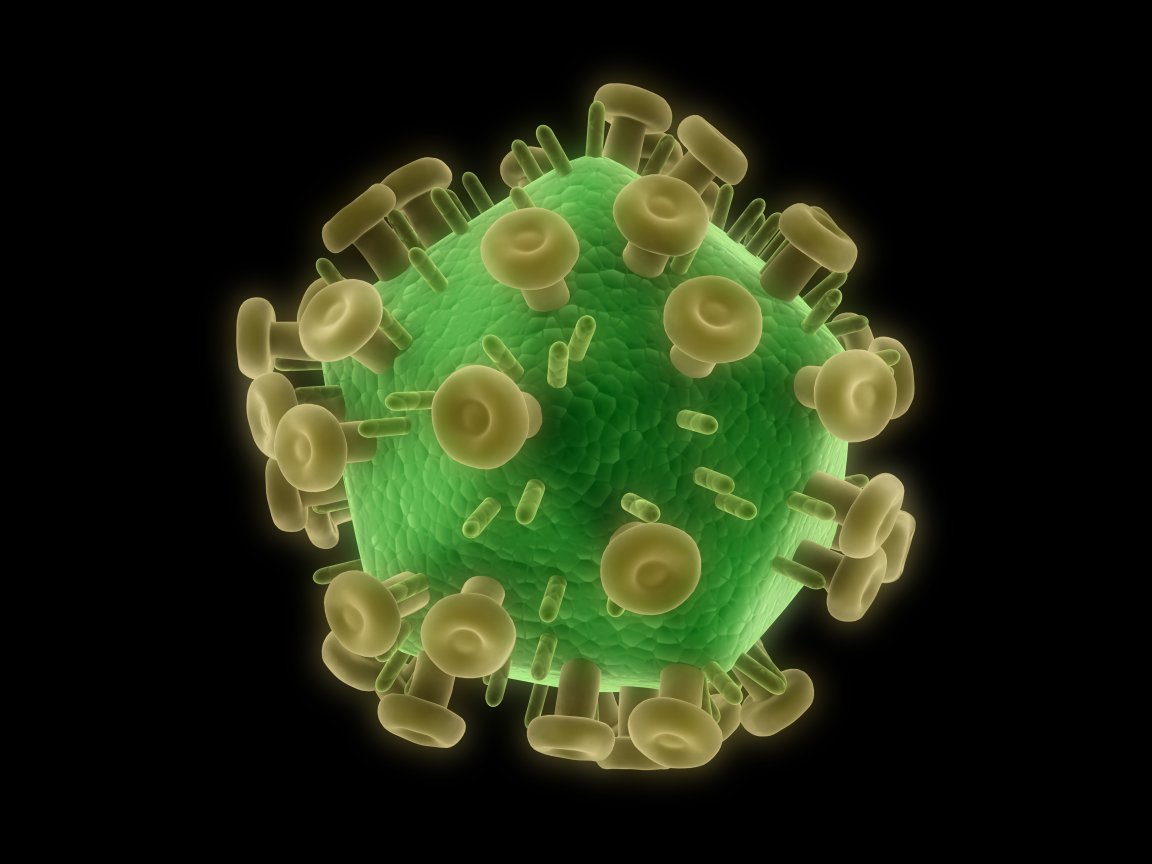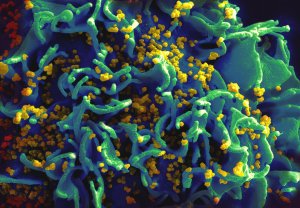
Hope
Scientists have announced a potential breakthrough in the world’s quest to defeat HIV/AIDS. According to the researchers, their study has seen the reduction in HIV latency reservoirs by 40%, and by using their treatment, HIV levels in the blood remained below detectable levels throughout the process for a majority of participants.
This is a notable find as, according to the World Health Organization (WHO), in 2013, there were approximately 35 million people around the globe who were living with HIV or AIDS. Of these, some 3.2 million were children under the age of 15. These numbers are dire, especially when one considers that, in previous decades, a great majority of these individuals would have been dead by the decade’s close.
However, thanks to new treatments (like this one), there is new hope.
Ultimately, eradicating HIV has been so difficult largely because the virus lies dormant in so-called “latent reservoirs” in the body. In this state, treatments cannot effectively seek them out.
One approach thought to be a route to a potential cure is known as “shock and kill.” In essence, it seeks to expose these latent HIV-infected cells so they can be cleared away by the immune system. Bionor Pharma ASA, the team behind this latest research, is just one company pursuing this method of treatment.

How Does it Work?
David Horn Solomon, who is the president and chief executive of Bionor, said the trial was the first to combine a drug that awakened the dormant HIV-infected cells with one that boosted the body’s immune response “to show the shock-and-kill hypothesis is in fact correct and is an important component of functional cure.”
Notably, a spokesman for Bionor said the company was in the process of submitting the study to peer-reviewed journals and scientific conferences—meaning that vetting is still underway.
Moreover, the current study only involved a limited number of individuals (17 in all). So followup trials are necessary; however, that is precisely what Bionor is hoping for.
So while there is no final solution just yet, the future is looking bright.